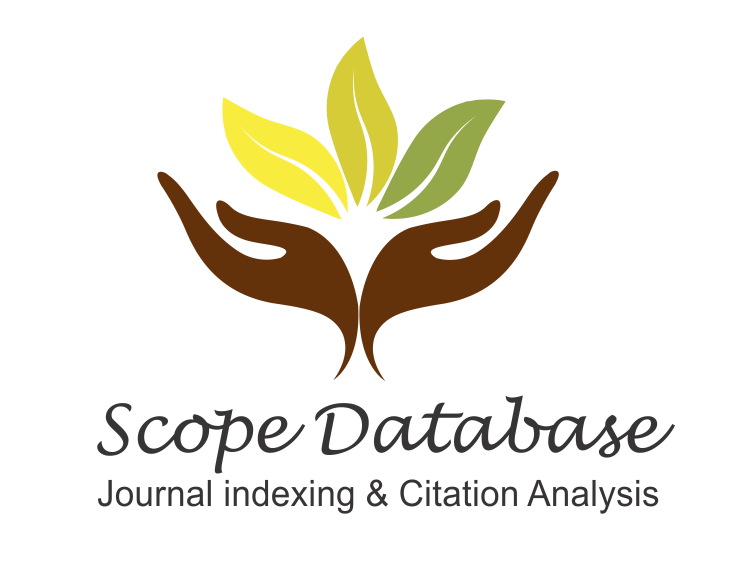ISSN : 2587-0998
Architect Anti-HCV Testlerinin Teşhis Güvenilirliği ve Yanlış Pozitifliğin Teşhis Maliyeti
Sinem Akkaya Işık1, Ersin Tural2, Ercan Yenilmez1, Riza Aytaç Çetinkaya1, Orhan Baylan3, Levent Gorenek11Sağlık Bilimleri Üniversitesi Sultan 2. Abdülhamid Han Eğitim ve Araştırma Hastanesi Enfeksiyon Hastalıkları ve Klinik Mikrobiyoloji Anabilim Dalı, İstanbul, Türkiye2Sağlık Bilimleri Üniversitesi, Sultan 2. Abdülhamid Han Eğitim ve Araştırma Hastanesi, Çocuk Sağlığı ve Hastalıkları Anabilim Dalı, İstanbul, Türkiye
3Sağlık Bilimleri Üniversitesi, Sultan 2. Abdülhamid Han Eğitim ve Araştırma Hastanesi, Mikrobiyoloji Anabilim Dalı, İstanbul, Türkiye
GİRİŞ ve AMAÇ: Laboratuvarımızda rutin olarak kullanılan kemilüminesans immunoassayn (CIA) test kiti absorbansını esas alarak gerçek pozitif hastaların tanısında anti-HCVnin cut-off değerini belirlemeyi ve yalancı pozitif örnekler için refleks tamamlayıcı test uygulamasının potansiyel maliyet etkinliğini araştırmayı planladık.
YÖNTEM ve GEREÇLER: Hastanemizde 20162019 yılları arasında yapılan tüm anti-HCV CIA test sonuçları geriye dönük olarak tarandı ve hastaların S/Co değerleri kaydedildi. Bunlar arasında HCV-RNA real-time PCR testi ile doğrulanan sonuçlar çalışmaya dâhil edildi.
BULGULAR: Dahil edilen 257 hastanın 84ü (%32.68) HCV-RNA pozitifti. Anti-HCV değerlerinin ROC analizine göre, en uygun S/Co değeri 8.58 olup, duyarlılık ve özgüllük değerleri sırasıyla %95.24 ve %85.55di. Bu değere göre 105 olguda anti-HCV testi reaktifti ve bu olguların 80inde (%76.2) aktif HCV enfeksiyonu vardı. Yanlış negatifliği önlemek için, kurumumuzda 1.0 S/Co değeri kullanmanın ek maliyeti 4114.64 USD idi. Kurumumuzda, HCV-RNA PCR testini tamamlamak için yaklaşık 6.25 çalışma saati gerekmektedir. S/Co değeri 1.0 ve 8.58 alındığında gereken iş saati sırasıyla 1606.25 ve 658.25 idi.
TARTIŞMA ve SONUÇ: Yanlış pozitif anti-HCV sonuçları ülkelerin sağlık ekonomisi üzerinde önemli bir yüktür. En azından, taramanın amacına (kan donörleri veya ameliyat öncesi tarama gibi) ve farklı laboratuvarlarda, farklı durumlarda ve farklı popülasyonlarda HCV enfeksiyonu yaygınlığına göre farklı S/Co değerleri kullanılabilir.
Diagnostic Reliability of Architect Anti-HCV Tests and Diagnostic Cost of False Positivity
Sinem Akkaya Işık1, Ersin Tural2, Ercan Yenilmez1, Riza Aytaç Çetinkaya1, Orhan Baylan3, Levent Gorenek11Department of Infectious Diseases and Clinical Microbiology, University of Health Sciences, Sultan 2nd Abdulhamid Han Training and Research Hospital, İstanbul, Türkiye2Department of Pediatrics, University of Health Sciences, Sultan 2nd Abdulhamid Han Training and Research Hospital, İstanbul, Türkiye
3Department of Microbiology, University of Health Sciences, Sultan 2nd Abdulhamid Han Training and Research Hospital, İstanbul, Türkiye
INTRODUCTION: We aimed to determine the cutoff value of anti-hepatitis C virus (HCV) in the diagnosis of real positive patients based on the chemiluminescence immunoassay (CIA) test kit absorbance routinely used in our laboratory and to reveal the potential cost-effectiveness of confirmatory tests for false-positive samples.
METHODS: All anti-HCV CIA test results between 2016 and 2019 were retrospectively screened and sample/cutoff (S/Co) values of the patients were recorded. Among these, the results that were confirmed with HCV RNA polymerase chain reaction (PCR) test were included.
RESULTS: Of the 257 patients included in the study, 84 (32.68%) were positive for HCV RNA. The optimal S/Co value was 8.58 with sensitivity and specificity values being 95.24% and 85.55%, respectively. According to this 8.58 S/Co value, the anti-HCV test was reactive in 105 cases and 80 (76.2%) of these cases had active HCV infection. To prevent false negativity, the additional cost of using 1.0 S/Co value to our institution was 4114.64 USD. In our institution, approximately 6.25 working hours is spent to finalize the HCV RNA PCR test. The hours spent for S/Co of 1.0 and 8.58 was 1606.25 and 658.25, respectively.
DISCUSSION AND CONCLUSION: False-positive anti-HCV results are an economic burden on countries. At least, different S/Co values might be used in accordance with the purpose of screening and prevalence of HCV infection in different laboratories and different populations.
Makale Dili: İngilizce


























